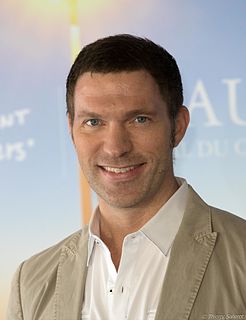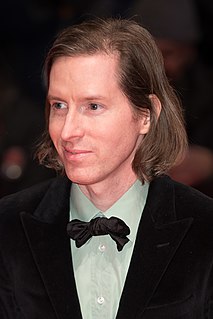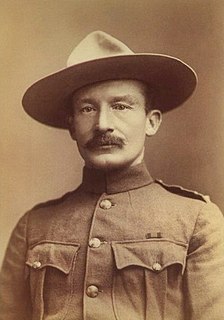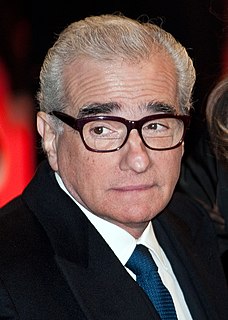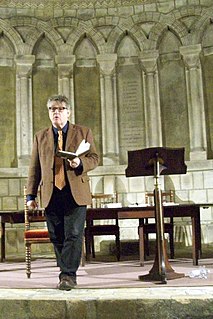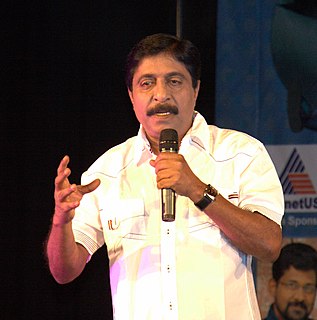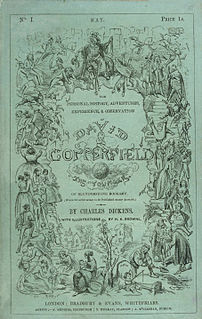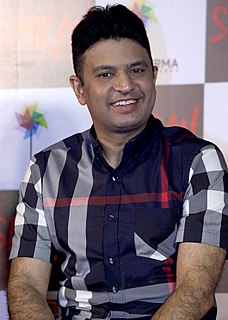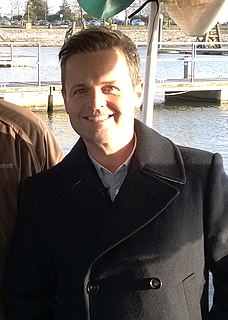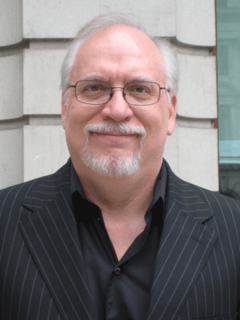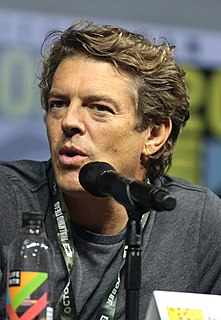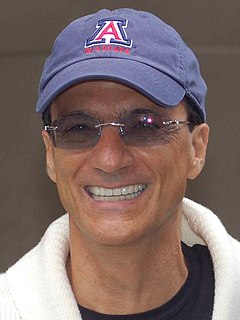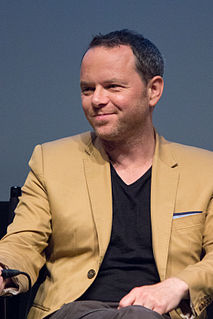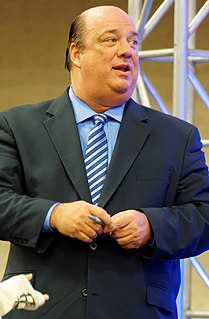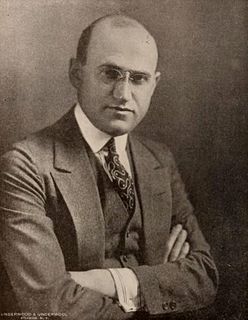A Quote by Travis Knight
When you look back over 100 years when stop-motion was really at the dawn of cinema, a lot of the ways it developed was you had stage magicians who were looking to bring their illusions to life, and one of the ways they did that, at the time, was through cinema and stop-motion. They developed these processes.
Related Quotes
In my off-time, I do record. Once in a while, I'll just go into the studio if there's a really good song that I have in my head and want to do. I think, as artists, you're constantly in creative motion. If I stopped writing songs, then that's a part of me that would stop in my life, and I need constant motion.
Just look at the cinema itself: It's comprised of lots of movies about graphic novels, and if you're not 20 years old and wearing a cape and a mask and white, you're out of business. Today's cinema is a proliferation of comedies, which are in some ways creating caricature images. They're one-dimensional.
I love all sorts of animation, probably the most beautiful would be the tradtional hand drawn animation that Disney is known for. Stop-motion has a certain "grittieness" and is filled with imperfections, and yet their is an undeniable truth, that what you see really exits, even it if is posed by hand, 24 times a second. This truth is what I find most attractive about stop-motion animation.
As a believer, I know that Jesus Christ has a plan and it's not going to be my plan. It's not always succeeding and looking back it's amazing looking back to see how God works in mysterious ways, not always good ways, rough ways but those rough times, those rough patches, and those swamps and all those things that I went through are looking back, were such an incredible life lessons for me not only to shape and build me as an athlete but most importantly, my character as a person.
Science and technology were often used by [the magician of old], even before they came into the marketplace on a mass basis. For example, prior to the moving picture going into theatre, magicians were using the technique of images in motion as illusions in their shows. At that time the process was so new, an audience perceived it as magic. Also in the early stages of holograms magicians would use these images to baffle and mystify their fans. Hence, you always need to stay one step ahead of the technology game to "WOW" the audience.
